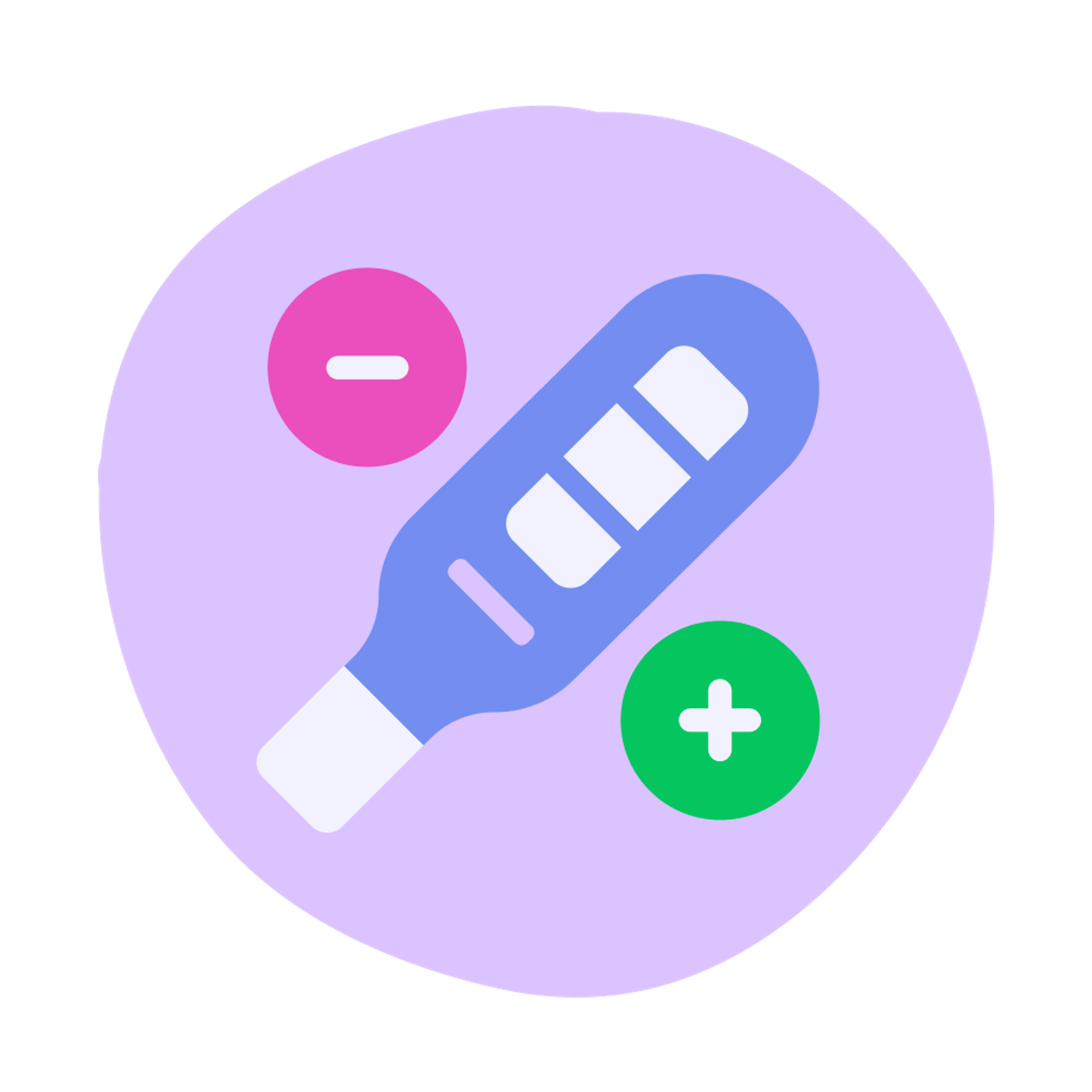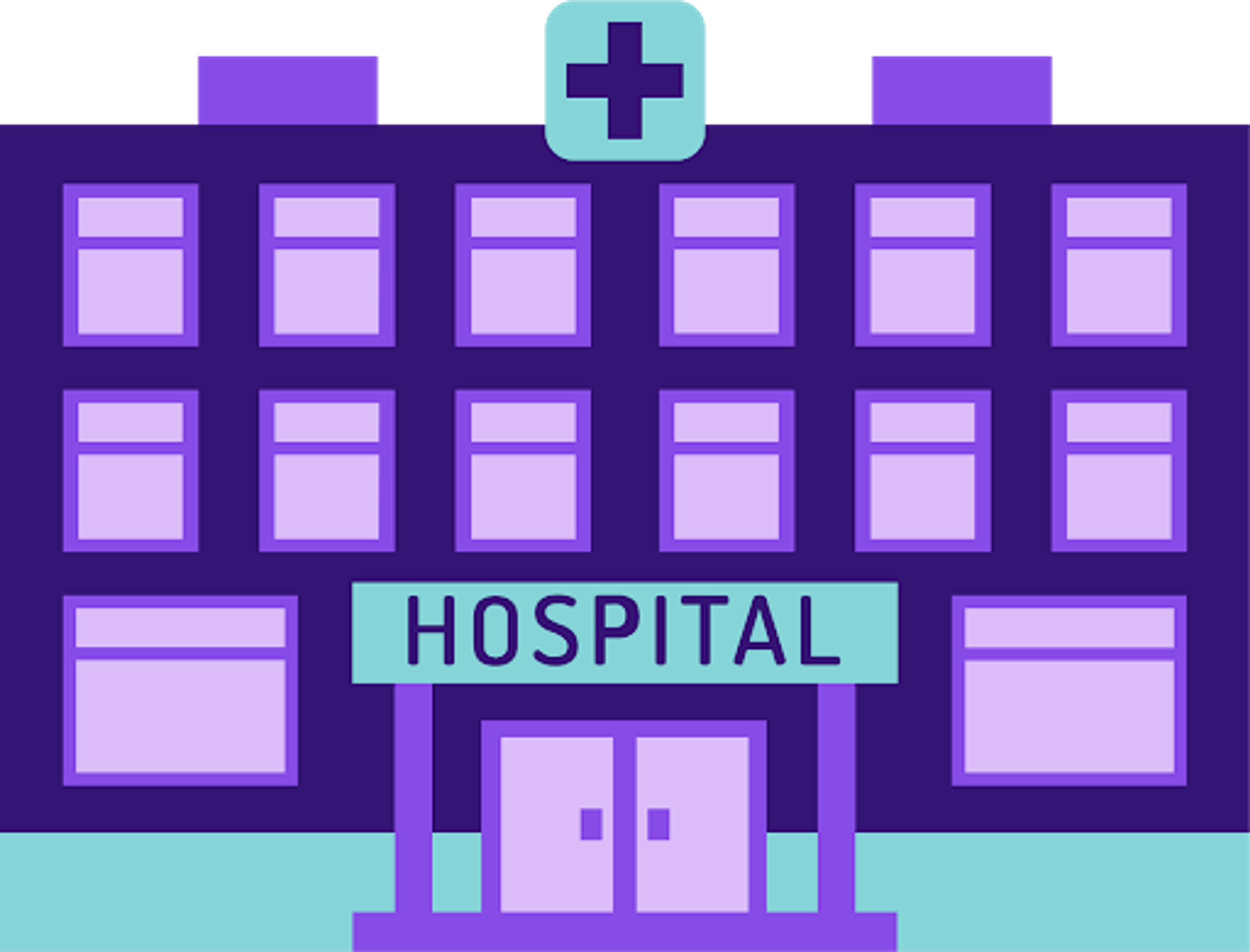¿Qué son las pastillas menstruales?
Publicado 30 de abril de 2025
Las pastillas menstruales son el mismo medicamento que las pastillas abortivas, ya sea usando la combinación de mifepristona + misoprostol o sólo misoprostol. La principal diferencia es saber si estás en embarazo o no. Las pastillas menstruales abrazan la incertidumbre. Los medicamentos (los llamamos mife y miso para abreviar), son tan seguros que puedes tomarlos sin necesidad de realizarte una prueba de embarazo. Si estás en embarazo, las pastillas te causarán un aborto, y si no lo estás, iniciarán tu período. Cuando las personas las toman entre una o dos semanas después de no haberles llegado el periodo, es probable que tengan un sangrado similar al de su período regular o un poco más abundante.
Las “pastillas menstruales” o “la regulación menstrual”, es una práctica que se utiliza en muchos países en las primeras etapas de un posible embarazo, cuando a una persona no le ha llegado el período. Creemos que un cambio en el lenguaje y la forma de verlo es necesario, como por ejemplo, el uso de la “regulación menstrual” fue útil en países donde el aborto ha estado prohibido durante mucho tiempo. En Bangladesh, por ejemplo, la regulación menstrual es legal y está ampliamente disponible a través de clínicas apoyadas por el gobierno, a pesar de que el aborto es ilegal (¡sí! ¡siguen siendo exactamente las mismas pastillas!). En algunos lugares, “quitarse en el embarazo” es cultural y legalmente más aceptado que interrumpir un embarazo confirmado, incluso si los resultados son exactamente los mismos: dejar de estar en embarazo.
Entremos un poco más en la historia.
Antes de las pruebas de embarazo, la mayoría de las personas no sabían de inmediato si estaban en embarazo o no; confiaban en que no les llegara el período como primer signo, pero a menudo no lo sabían con seguridad hasta que en el "aceleramiento", alrededor de 14 a 20 semanas, podían sentir los movimientos fetales. A lo largo de la historia y hasta la era colonial de los Estados Unidos, si a una persona se le retrasaba el periodo, las parteras a menudo probaban diferentes métodos para "reducir" el periodo menstrual. Pero la forma en que pensábamos sobre el embarazo comenzó a cambiar en la década de 1920, cuando los científicos descubrieron la hormona del embarazo hCG, que es lo que estas pruebas detectan. Luego, en la década de 1970, estuvieron disponibles las pruebas de embarazo caseras, que permitieron a las personas saber mucho antes si estaban o no en embarazo (aprende más sobre la historia de la prueba de embarazo).
Pero el embarazo no siempre es blanco o negro: no es como si un día no lo estuvieras y al siguiente lo estuvieras por completo. El embarazo temprano es más bien un proceso, que comienza con pequeños cambios hormonales y aquí es donde las pastillas menstruales entran y crean un espacio y una forma de pensar diferente. En vez de necesitar confirmar el embarazo, algunas personas usan estos medicamentos a la primera señal de ausencia del período, sin realizarse una prueba. Durante mucho tiempo, los médicos exigían una prueba de embarazo positiva antes de recetar mifepristona o misoprostol, pero ahora sabemos que estos medicamentos son seguros y pueden usarse incluso antes.
Ahora bien, en nuestra opinión, las pastillas abortivas tienen un comienzo realmente genial. El misoprostol (también conocido como Cytotec) fue fabricado por primera vez en la década de 1970 por una compañía farmacéutica estadounidense para tratar problemas estomacales y úlceras. El frasco advertía no usarlas si estabas en embarazo, pero en Brasil (donde el aborto era ilegal), los activistas creían que podría ayudar a las mujeres a evitar embarazos no deseados. ¡Y funcionó! A finales de los años 80, el misoprostol comenzó a usarse ampliamente para abortos en toda América Latina a través de redes de activistas donde compartían formas seguras de usarlo.
El misoprostol actúa ablandando y dilatando el cuello uterino (la abertura del útero) y provocando que el útero se contraiga. Estas contracciones son similares, aunque generalmente más intensas, a los cólicos durante un período. Entonces, cuando hay un embarazo en el útero, el misoprostol hace que el útero lo expulse (que es exactamente como también ocurre un aborto espontáneo). Cuando no hay embarazo, el misoprostol puede provocar que el revestimiento del útero se desprenda, lo que genera la menstruación.
La mifepristona (RU-486), por otro lado, fue desarrollada en 1980 por científicos franceses para bloquear específicamente la progesterona, también conocida como la hormona del embarazo, y poner fin a los embarazos prematuros. A finales de 1980 y principios de 1990, estudios clínicos demostraron que el uso de la mifepristona, seguida del misoprostol, era más eficaz que la mifepristona sola. Y en la década del 2000, este protocolo era el estándar de atención a nivel mundial.
Se ha demostrado que la mifepristona y el misoprostol son seguros para las personas que los usan y eficaces para interrumpir embarazos. Los efectos secundarios de las pastillas son normalmente cólicos, sangrado y náuseas, ya sea que estés en embarazo o no. Al tomarlos no tendrán efectos a largo plazo para tu salud.
Entonces, ahora que comprendemos mejor las raíces del aborto y también a aquellas personas que desde el activismo ayudaron a dar forma a la atención del aborto en la actualidad, ¿por qué las pastillas menstruales?
El aborto se ha vuelto cada vez más regulado en Estados Unidos y algunos estados han prohibido al cuerpo médico realizarlo por completo. La idea de "pastillas menstruales" o "regulación menstrual" no se usa mucho aquí, principalmente porque el aborto todavía es técnicamente accesible, ya sea en una clínica en estados protegidos o enviando pastillas por correo, así que la gente todavía tiene opciones. Sin embargo, en países como Bangladesh, las pastillas menstruales son legales aunque el aborto está prohibido. Estados Unidos no tiene leyes específicas sobre su regulación (todavía). Y aunque la mayoría de las prohibiciones del aborto en Estados Unidos dicen que la persona en embarazo no puede ser acusada penalmente, un aborto autogestionado aún puede tener riesgos legales. Tomar pastillas menstruales ante la duda de un posible embarazo, puede ofrecer una manera efectiva para que las personas eviten tener que navegar por las leyes, la logística, los gastos y el estrés del acceso al aborto, especialmente en los estados donde está prohibido.
Dicho esto, hay un creciente interés en este enfoque entre las personas en los Estados Unidos. Entre 2015 y 2017, el Proyecto de Salud Gynuity realizó una encuesta para ayudar a las personas a entender por qué les podría interesar adquirir las pastillas menstruales. El 70% de las personas que participaron afirmaron que no estarían contentas si descubrieran que estaban en embarazo y expresaron interés en tomar pastillas menstruales. Sus motivos fueron prevenir y evitar quedar en embarazo, así como el potencial estrés emocional de saber que lo estuvieran.

Si tu período se retrasa, está bien no querer confirmar si estás o no en embarazo.
Hay muchos proveedores que pueden enviarte pastillas menstruales; no te piden una prueba de embarazo positiva. Puedes encontrar una lista de estos proveedores en el sitio web de The Period Pills Project.
La mayoría de estos proveedores, te permitirán pedir pastillas con anticipación (a veces denominado "aprovisionamiento adelantado") para que sea aún más fácil tomarlas si tienes un retraso en tu período y no deseas hacerte una prueba de embarazo.
"Las pastillas menstruales ofrecen una opción privada y temprana que puede ser muy tranquilizadora cuando tuviste un retraso en tu periodo y estás esperando que llegue. Con las pastillas menstruales, puedes recuperar tu ciclo en tus propios términos".
-Cari Siestra, directora the Period Pills Project
Cómo tomar pastillas menstruales:
Sigue la guía paso a paso de la Línea de Apoyo M+A Hotline que encuentras en el siguiente enlace: https://mahotline.org/how-to-use-abortion-pills.
Si sigues las instrucciones y tu período se retrasa porque estás en embarazo, estas pastillas tienen una efectividad del 85-99%. Puedes encontrar más información sobre cómo asegurarte de que hayan funcionado o los pasos a seguir si te preocupa que no hayan funcionado. Nuestra guía sobre cómo tomar pastillas abortivas antes de las 6 semanas.

Aquí está nuestra opinión...
Nuestros cuerpos son más bellos y complejos de lo que las palabras pueden describir perfectamente o de lo que cualquier ley debería controlar. Lo más importante es que tú puedas decidir si quieres estar en embarazo y cuándo quieres estarlo. Entre más herramientas tengas disponibles para ayudarte a tomar una decisión, mejor.
Las líneas se vuelven borrosas con las palabras que utilizamos para describir la prevención del embarazo. Una pérdida es un aborto espontáneo, un DIU es un método anticonceptivo preventivo y puede usarse como anticonceptivo de emergencia. Ella es otro tipo de pastilla anticonceptiva de emergencia, y nuevos estudios sugieren que podría ser aún más efectiva cuando se usa con misoprostol. Y luego están las pastillas abortivas, que pueden usarse para abortar, regular la menstruación o incluso como una especie de anticoncepción de emergencia si se toman con suficiente antelación.
Tú decides cómo llamarás tu experiencia y qué significado tendrá para ti. Con las opciones seguras y confiables de mifepristona y misoprostol, también puedes elegir cuándo tiene más sentido para ti, ya sea antes o después de confirmar un embarazo, o simplemente ante la señal de una ausencia del período. Ineedana.com está aquí para ayudarte a obtener la atención que necesitas, sin importar cómo te refieras a esta y/o el nombre que le dés. 💜
Cuando hablamos ampliamente sobre el aborto, no sólo ampliamos el acceso, sino que ampliamos la seguridad y la dignidad para todas las personas.


